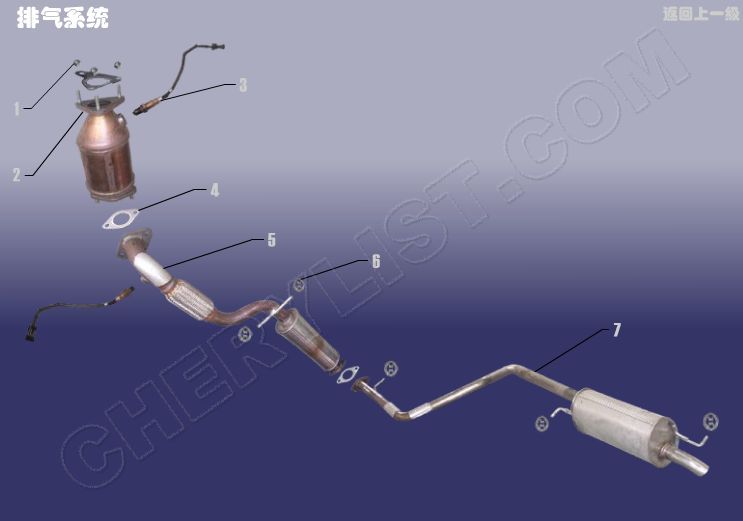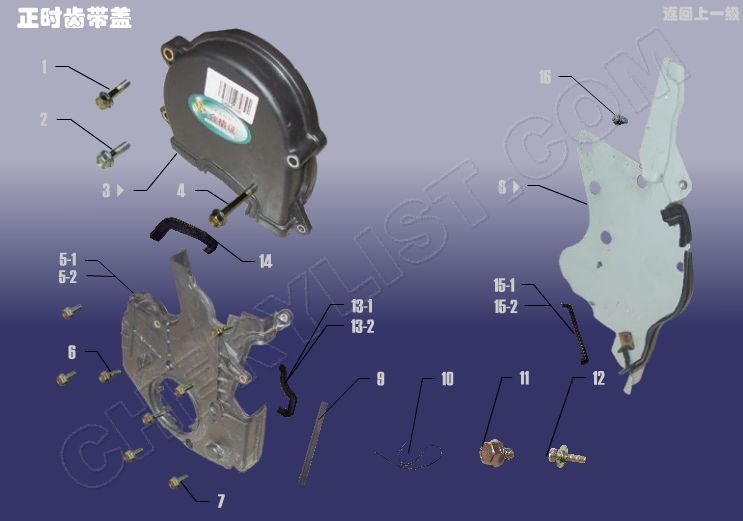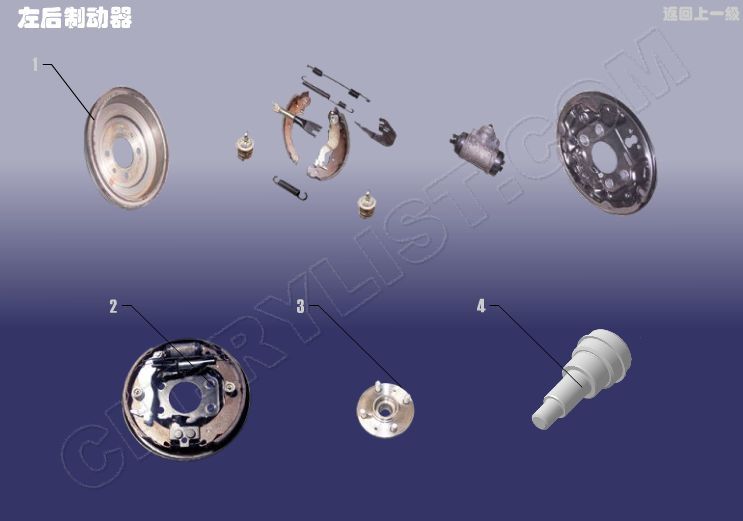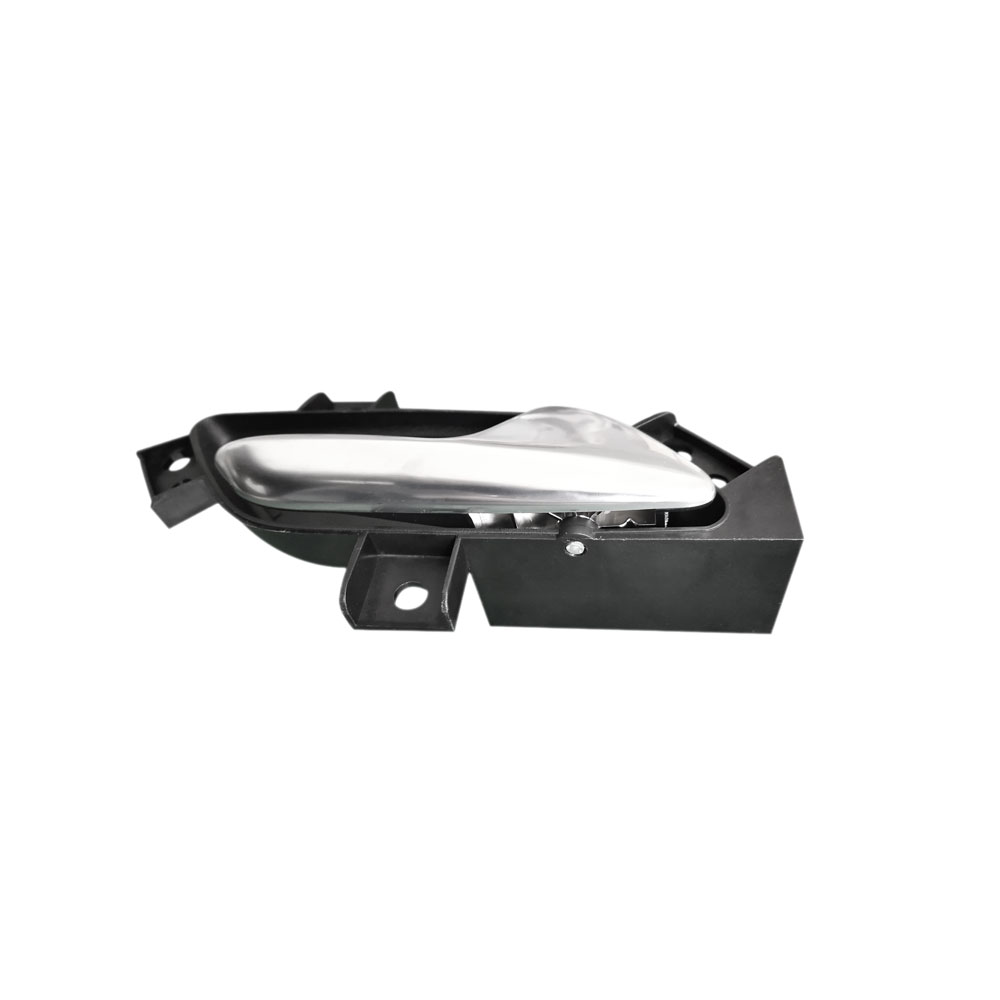New Arrival China Chery E5 - Hot sale spare parts car radiator thermostat for chery – Qingzhi
New Arrival China Chery E5 - Hot sale spare parts car radiator thermostat for chery – Qingzhi Detail:
| Product name | Thermostat |
| Country of origin | China |
| Package | Chery packaging, neutral packaging or your own packaging |
| Warranty | 1 year |
| MOQ | 10 sets |
| Application | Chery car parts |
| Sample order | support |
| port | Any Chinese port,wuhu or shanghai is best |
| Supply Capacity | 30000sets/months |
The radiator thermostat is an automatic valve designed to open or close to allow heated air or liquid to pass through the pipe at a predetermined temperature. These types of control valves are usually installed in building heating systems, as well as cooling systems on cars and other types of engines. The way they work depends largely on their working system. The radiator thermostat is a valve used to control the radiator. For the heating distribution system of families and offices, the apartment building has installed a radiator thermostat where the external heating element itself exists. When air or hot water reaches a predetermined temperature from the furnace or hot water tank, the radiator thermostat opens. This allows the mixture to flow into a series of metal coils and metal textures, which is the radiator itself. It diffuses hot air or water to a large surface area, so that hot air or water quickly dissipates its energy to the surrounding room, so as to raise the temperature of the room to the required level. When the radiator thermostat is designed to keep the engine cool, its situation is often just the opposite. When the coolant temperature reaches a high level, it opens and allows it to flow into the radiator, spreading the coolant. The air flowing through the radiator will take away the heat in the liquid and then be pumped back to the engine. Despite these different purposes, the basic function of the radiator thermostat is the same wherever it is installed. However, radiator thermostats are not interchangeable. Each unit is a heating and cooling system specific to a manufacturer and model, which can not work normally in other places. The radiator thermostat has simple design and simple function. It is a cheap but vital element in the heating or refrigeration system. Because it is the main switching mechanism for the system to automatically release heat in case of failure, the result may be very serious. If the radiator thermostat fails in the closed position, it will cut off the heat distribution channel, and the excess heat and pressure will be forced to other parts of the system. Therefore, the radiator thermostat is designed to fail in the “open” position. Even the radiator does not allow air or water to flow freely, but they do deteriorate over time. If they are old and the temperature of the delivered air or water exceeds their operating parameters, they usually fail. When they fail, the result of the internal living space is that the room is not heated as expected. In the automobile engine, this means that the coolant flows freely to the engine, but the heater in the car also depends on the radiator thermostat, which will only draw out the cold air.
Product detail pictures:
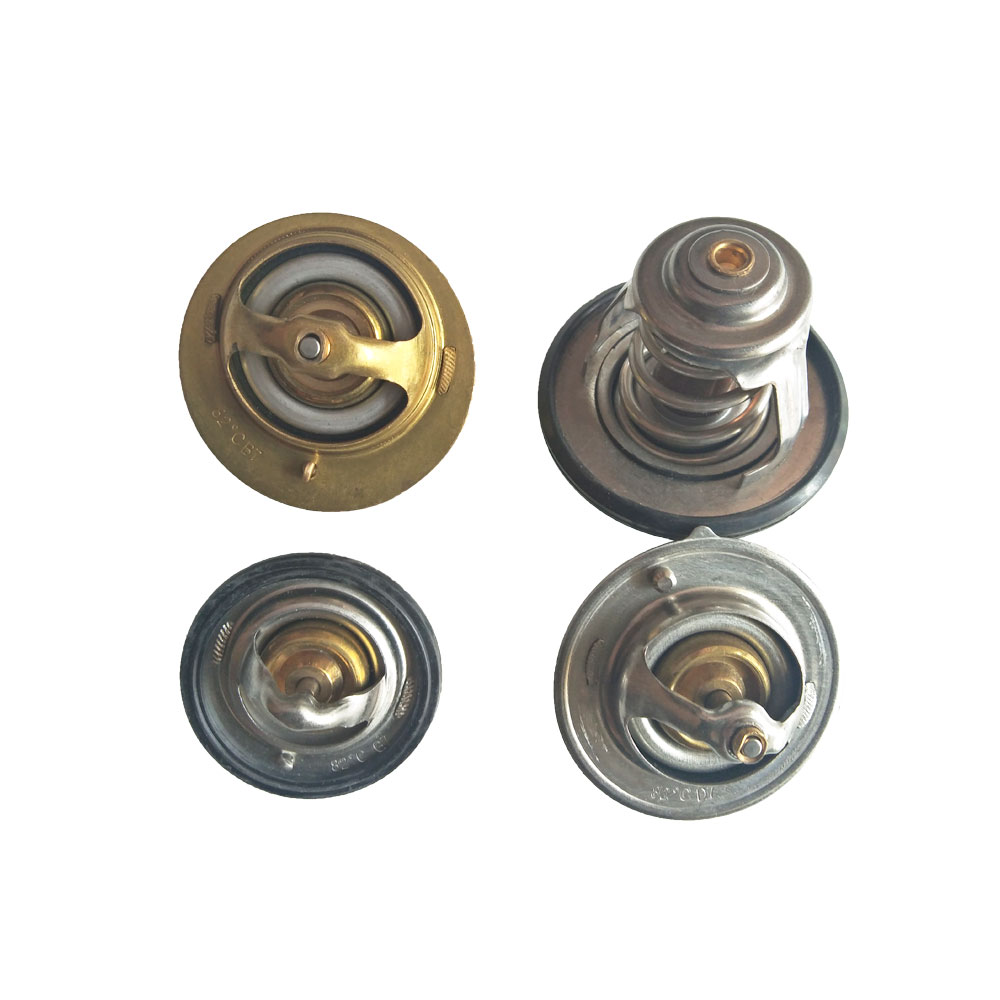

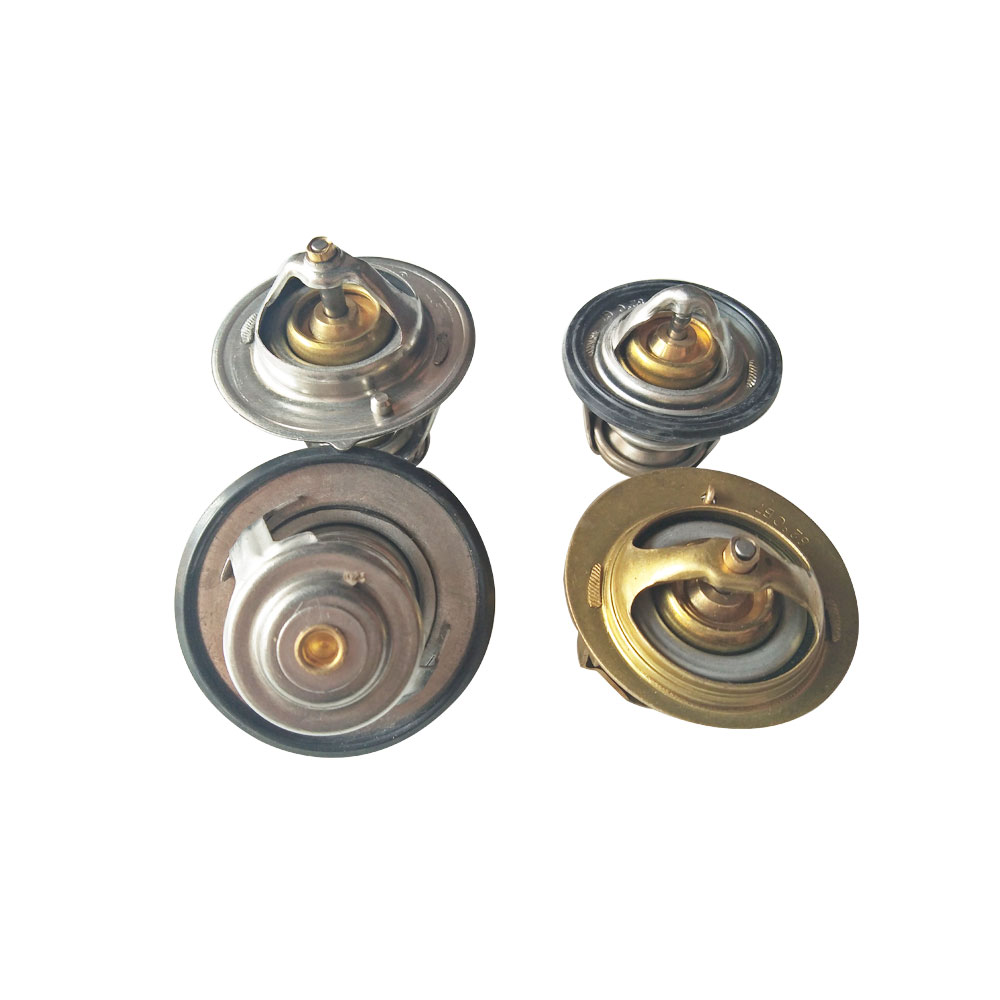
Related Product Guide:
"Control the standard by the details, show the power by quality". Our organization has strived to establish a highly efficient and stable employees team and explored an effective high-quality command method for New Arrival China Chery E5 - Hot sale spare parts car radiator thermostat for chery – Qingzhi , The product will supply to all over the world, such as: Sacramento , Colombia , Armenia , With the highest standards of product quality and service, our products have been exported to more than 25 countries like the USA, CANADA, GERMANY, FRANCE, UAE, Malaysia and so on.We are very pleased to serve customers from all over the world!
Superb technology, perfect after-sales service and efficient work efficiency, we think this is our best choice.



